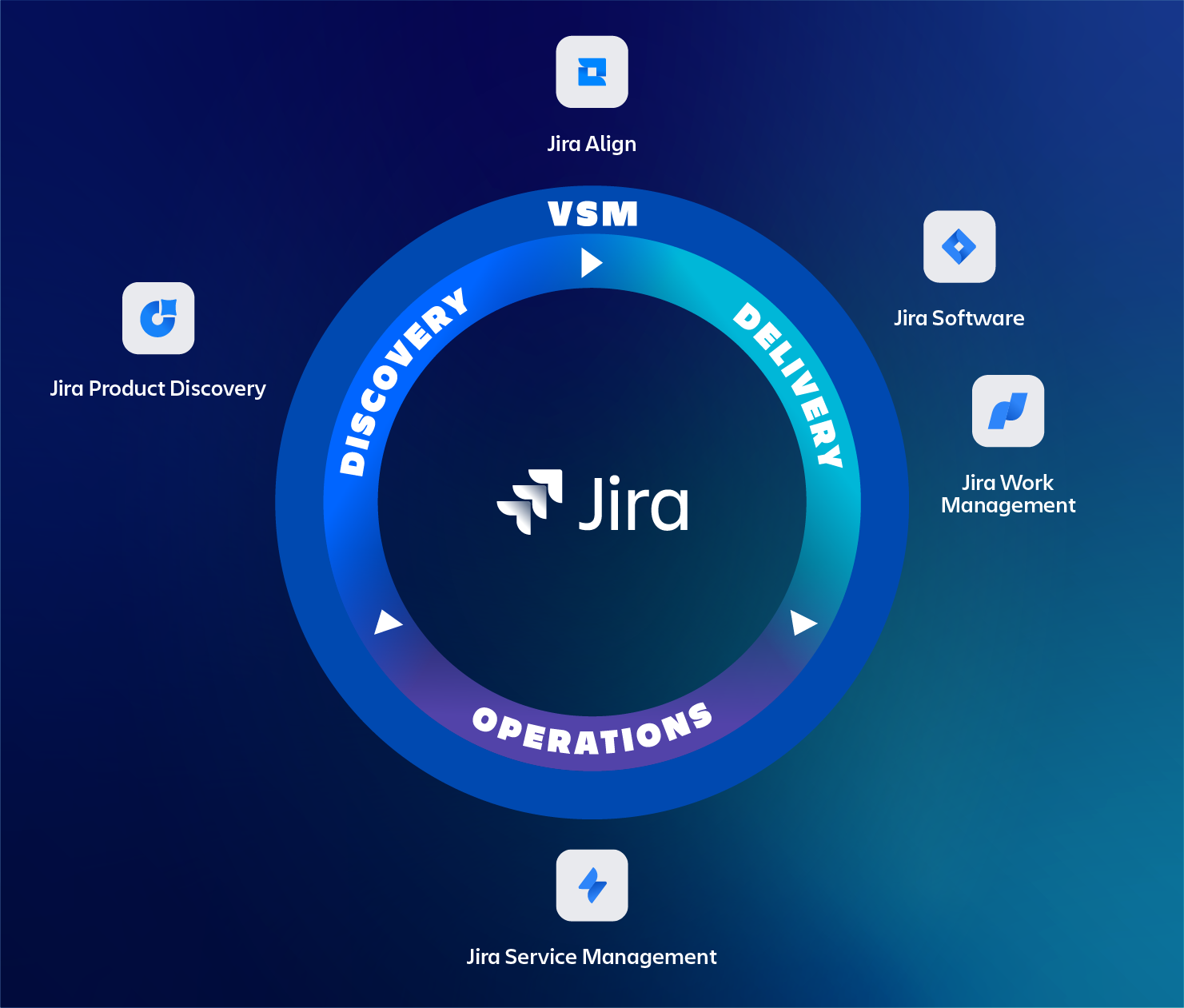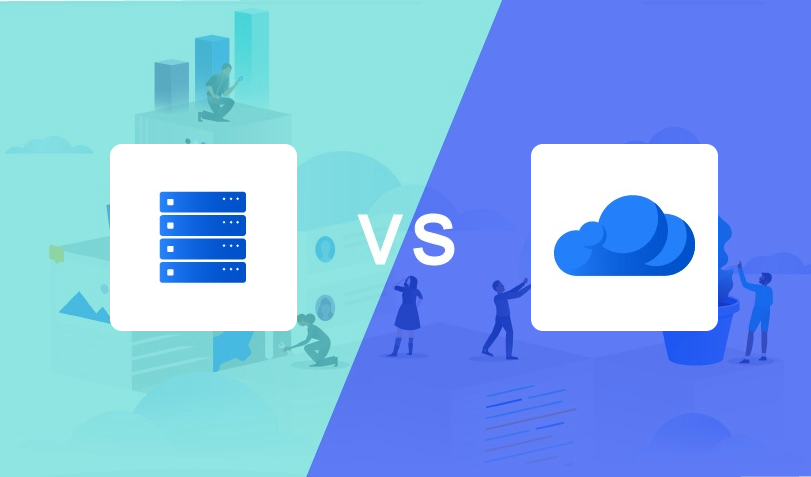Now that the dust has settled on Atlassian announcement of ‘Cloud first’ last year they have just announced a much requested feature: Data Residency!
Data Residency is the option, for Atlassian Cloud products, to set the location where application data is stored.
Often this would be the U.S. or another continent depending on actual usage. But there would be no control, until now!
The lack of this feature was a show-stopper for a lot of server customers who where, or are, hesitant to move their on-prem server instance data to the cloud.
With customers, who’s biggest asset is often their Intellectual Property (IP), there was much hesitation in moving to the cloud.
Specially when there is no control on where the data is, legally, stored and managed.
Data Residency now Available
Atlassian got a lot of feedback on this topic and they handled it by providing the Data Residency (DR) option to new and existing customers from now on.
The DR option will become available to all customers on the Standard/Premium or Enterprise plan and comes at NO extra cost.
The timeline for DR rollout is as follows:
- For customers new to the cloud the Data Residency will automatically be enabled
- Existing customer will have data residency automatically enabled by October this year.
Cloud users can set the DR option via admin.atlassian.com
Note that some data, like product analytics, is not pinned to a specified DR location and is still stored in the US.
The same for 3rd party apps that can be installed, it will depend on the vendor if they store any data out of the selected DR.
Contact your app vendor for more information.
Contact TMC ALM
Any questions on cloud or migrating to the cloud? Feel free to contact us if you have any (support) questions.
As an Atlassian Platinum partner we have extensive experience in cloud migrations.
Read also our recent blog on this topic, from one of our colleagues, on some tips and tricks when migrating to the cloud.





